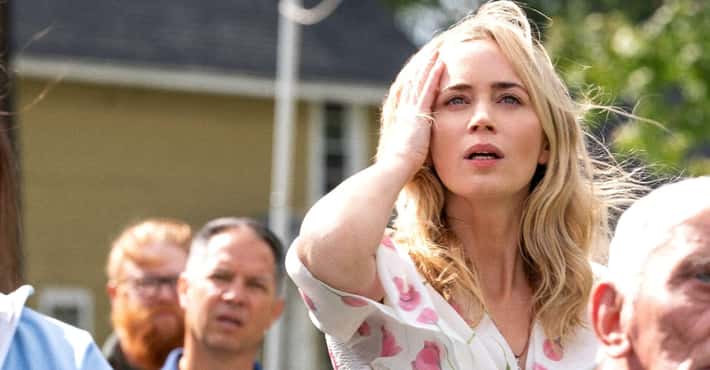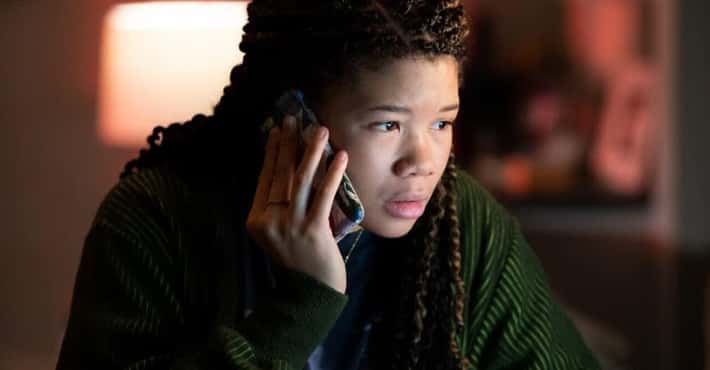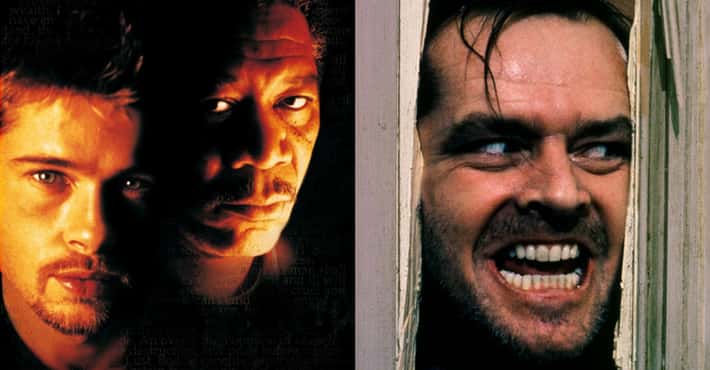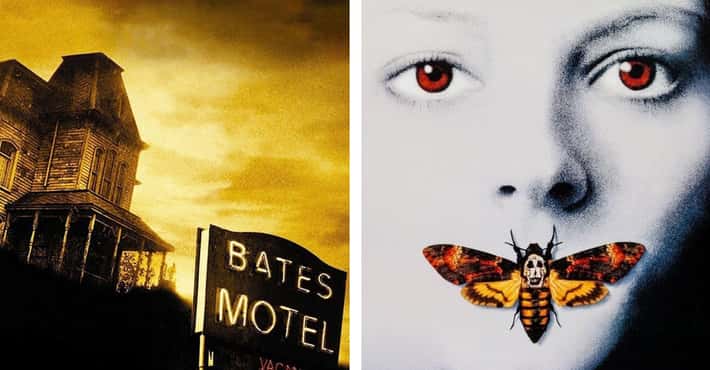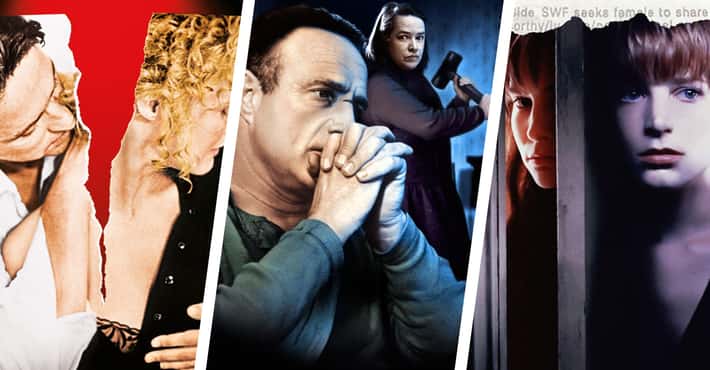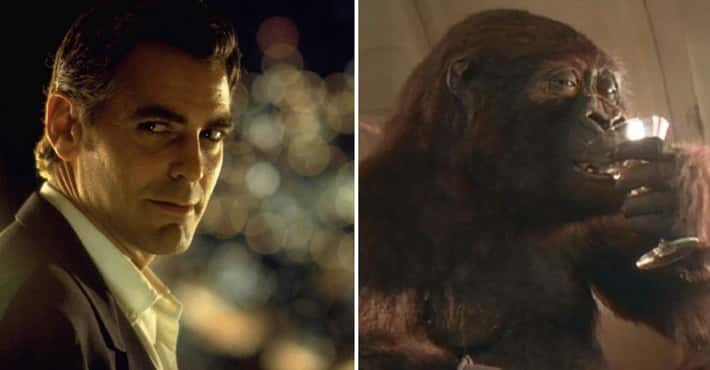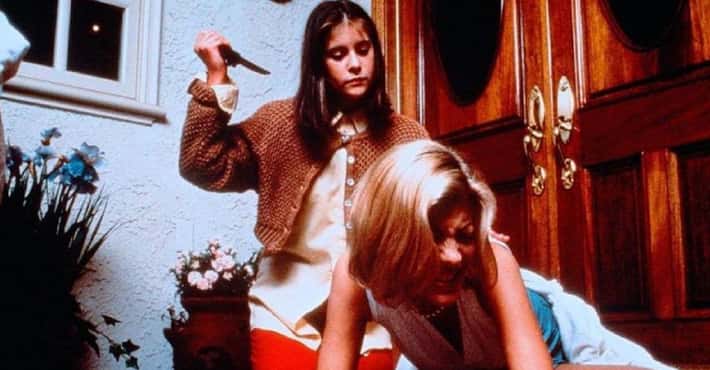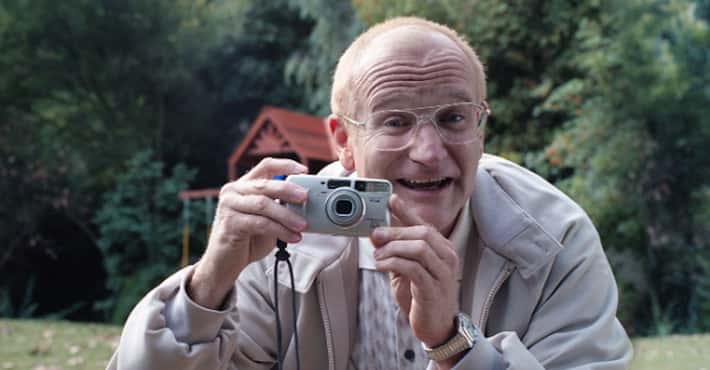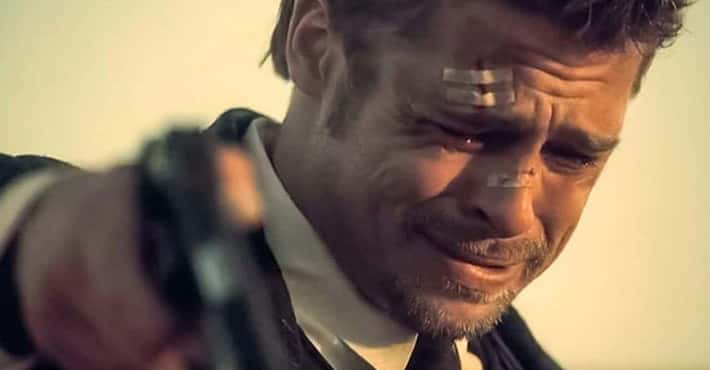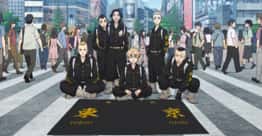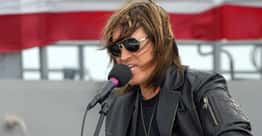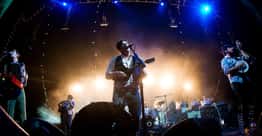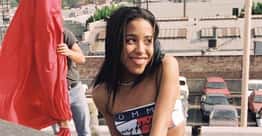
Behind The Scenes Of 'Cape Fear,' Robert De Niro's Most Unsettling Role
In 1991, Martin Scorsese teamed up with Robert De Niro to make one of the most unsettling psychological thrillers of all time, Cape Fear. In the movie, which was a remake of a 1962 film of the same name, De Niro turned in an intense Method performance as ex-con Max Cady, who seeks revenge on the lawyer who represented him, Sam Bowden (Nick Nolte).
Filming Cape Fear was a challenge for Scorsese; this was the first remake the director ever made, and he struggled to film a movie with a linear storyline. As stressful as the movie was behind the scenes, Scorsese and his crew managed to create a satisfying thriller that gives audiences one of the most frightening monsters to grace the big screen.
Robert De Niro Altered His Body To Appear More Sinister
Photo: Universal PicturesRobert De Niro's Max Cady is arguably one of the most terrifying characters in film history. After 14 years inside, he's muscular, covered in severe Biblical tattoos, and his teeth are ground down to jagged pearls. To get the right physique, De Niro worked out constantly, and Scorsese filmed all the actor's shirtless scenes towards the end of the production so he'd be in the best shape.
De Niro dedicated himself to getting the right look. He paid $5,000 to have a dentist grind his teeth down to make him appear more menacing; then, after shooting ended, he spent another $20,000 to have his teeth fixed.
Juliette Lewis Didn't Know De Niro Was Going To Stick His Thumb In Her Mouth
Photo: Universal PicturesEvery scene between Robert De Niro's Cady and Juliette Lewis's Danielle is tense. Cady menaces her with a flirtatious drawl, and Danielle falls for it. In a memorable scene, Cady shoves his thumb into the girl's mouth before kissing her.
According to Lewis, the two never rehearsed the scene, and it took her by surprise. "He put his thumb in my mouth all the way, and then he pulled it all the way out," she said. "I'll tell you exactly what it felt like, emotionally - like someone walked up, penetrated you and then walked away."
Though uncomfortable with it, Lewis kept on acting. Rather than pushing his hand away like she initially wanted to, she sucked on his thumb.
Juliette Lewis Was 17 At The Time Of Filming
Photo: Universal PicturesActor Juliette Lewis was only 17 years old at the time of filming. As such, she was still considered a minor and would have been subjected to certain labor laws. She had previously declared herself an adult, however, with her parents' consent.
At 14, Lewis emancipated herself to avoid youth labor law restrictions:
See, I wanted to work. And I hated that they'd say, "We lose the kid in five minutes!" So you'd have to rush, you know. And I'd want to do my best. And also you have to pay a (legal) guardian who sits and basically does nothing... Things like that I didn't need.
Because Lewis was legally an adult, she could work 12 hour days with the rest of the cast and crew.
Harrison Ford Turned Down A Role In The Film Because It Wasn't Max Cady
Photo: Universal PicturesRobert De Niro was always going to star in Cape Fear, but Scorsese initially wanted him to play opposite Harrison Ford. Ford didn't want to play Sam Bowden, however, as he preferred the role of the Max Cady.
De Niro didn't want to give up his role, so Nick Nolte was cast as Sam Bowden instead.
The Houseboat Sequence Was Filmed In A 90-Foot Water Tank
Photo: Universal PicturesThe film's heart-pounding final sequence takes place on a houseboat cruising along a river during a rainstorm, but the scene was completely shot within a 90-foot-long water tank. The large water tank was able to float one of the two full-sized mock houseboats and simulate a river.
Producer Barbara De Fina said the crew was uncertain about building something that size, but it had its benefits. "It was hard making that commitment to build something so big," De Fina told the Los Angeles Times. "In the overview, I guess the amount of money we spent to build the tank we'll save by not having to worry about things like weather and tides and alligators."
Martin Scorsese Filmed With Two Cameras Simultaneously To Capture The Actors' Flow
Photo: Universal PicturesTo keep dialogue scenes as tense as possible, Martin Scorsese eschewed the standard style of shooting. Rather than filming one actor's angle then relighting and shooting the second angle, Scorsese elected to use two cameras simultaneously. This technique is most notable in the harrowing scene between Max Cady and Danielle Bowden in the high school theater.
According to the Los Angeles Times, Juliette Lewis and Robert De Niro never rehearsed the tense scene; instead, they filmed it three times with Scorsese taking both angles so he wouldn't have to cut and interrupt the tension.
The Stars Of The Original Film Make Appearances In The Remake
Photo: Universal PicturesActors from the original 1962 version of Cape Fear make an appearance in Martin Scorsese's remake. Gregory Peck, who originally played Sam Bowden, plays Max Cady's lawyer who gets a protective order against Bowden. Robert Mitchum, the original Max Cady, plays a police officer who suggests Bowden terminate Cady.
Scorsese wanted as many people from the original cast in his remake, but they "ran out of characters."
Robert De Niro And Steven Spielberg Convinced Martin Scorsese To Make The Movie
Photo: Universal PicturesThe idea of remaking Cape Fear was bounced around Hollywood before Martin Scorsese finally chose to direct it. Initially, the film was going to be made by Steven Spielberg, but it was too drastic for Spielberg's brand.
Spielberg asked Robert De Niro to help him persuade Scorsese into making the film, and together they convinced him to take on the project. Spielberg stayed on the thriller as a producer and directed Schindler's List instead.
Martin Scorsese Found Telling A Linear Story Difficult
Photo: Universal PicturesMartin Scorsese's early films, like Taxi Driver and Raging Bull, had moments of surreal editing meant to service nonlinear plots and character studies, but he didn't do that in Cape Fear. He was less familiar with directing and filming linear stories, and Scorsese admits that making sure he covered all of his narrative bases was a headache for him.
In fact, it was the most challenging part of filming Cape Fear. According to Scorsese:
[A] lot of times I feel my strengths are elsewhere. I certainly don't throw it away; I try to express it in camera moves, turns, close-ups, tracking shots, whatever. There is a sequence of locking up the house that's kind of funny, kind of nice. A lot of wild compositions and stuff. Camera at weird, disorienting angles, to keep it edgy.
Martin Scorsese Shot The Film Differently Than His Previous Work
Photo: Universal PicturesMuch of Martin Scorsese's early work was heavily influenced by French New Wave directors, like François Truffaut and Jean-Luc Goddard. Scorsese utilized the non-linear documentary-style cinematography of the New Wave genre, but in Cape Fear, the director instead used more stylized camera work, including fast camera panning and long dolly shots.
His editor, Thelma Schoonmaker, explained he used "very dramatic camera moves, deliberately making them more visible to the eye" to direct the audience's gaze to specific images and build tension.
Jessica Lange Had A Lot Of Input On Her Character
Photo: Universal PicturesJessica Lange plays Leigh Bowden, a housewife who knows her husband is cheating on her but can't do anything about it. According to Lange, when she first read the script, there wasn't a lot on the page for her to do. But she wanted to work with Martin Scorsese, so she took the part anyway.
Lange later told the Los Angeles Times about the process:
It wasn't much more than just The Wife. It was the most dispensable of the characters, not inherently unique or fascinating. And I don't think they really planned on addressing the character until they knew who was going to play it.
But I've always been such an admirer of Marty, and when I met with him, I began to realize that he was wide open to doing something with this character. We had a lot of ideas to try and make Leigh a little more unusual and complex, and Marty's great about that - he loves to mix things up as much as the plot can stand.
Martin Scorsese Wanted To Give Cape Fear A 'Gothic Atmosphere'
Photo: Universal PicturesCape Fear is the first thriller that Martin Scorsese ever directed, so he used all the classic visual staples, including Dutch angles and low lighting. To nail the look, he hired classic horror director Freddie Francis, the cinematographer of David Lynch's The Elephant Man.
Scorsese knew Francis could create the Gothic thriller atmosphere needed to tell the story. Scorsese said he could communicate his vision, and Francis was able to follow and replicate it quickly. Scorsese explained in an interview:
He understands the obligatory scene of a young maiden with a candle walking down a long hall towards a door. "Don’t go in that door!" you yell, and she goes in! Every time she goes in! So I say to him, "This has to look like The Hall," and he understands that.
Martin Scorsese Remade 'Cape Fear' To Take A Break From Mob Movies And Challenge Himself
Photo: Universal PicturesJust before filming Cape Fear, Martin Scorsese finished directing the 1991 Academy Award-nominated made-men movie Goodfellas. He was accustomed to doing Italian American syndicate dramas, but Cape Fear gave him a chance to challenge himself, stretch his directorial muscles, and do something different with his visual style.
Scorsese had never made a thriller before Cape Fear, but he was enamored by the look of thriller films from classical Hollywood cinema. "I like looking at old Val Lewton films a lot," he said. "I Walked With a Zombie, Cat People, Isle of the Dead. I just like the look of them; they're so beautiful." He decided to use them as inspiration for Cape Fear's cinematography and style.















